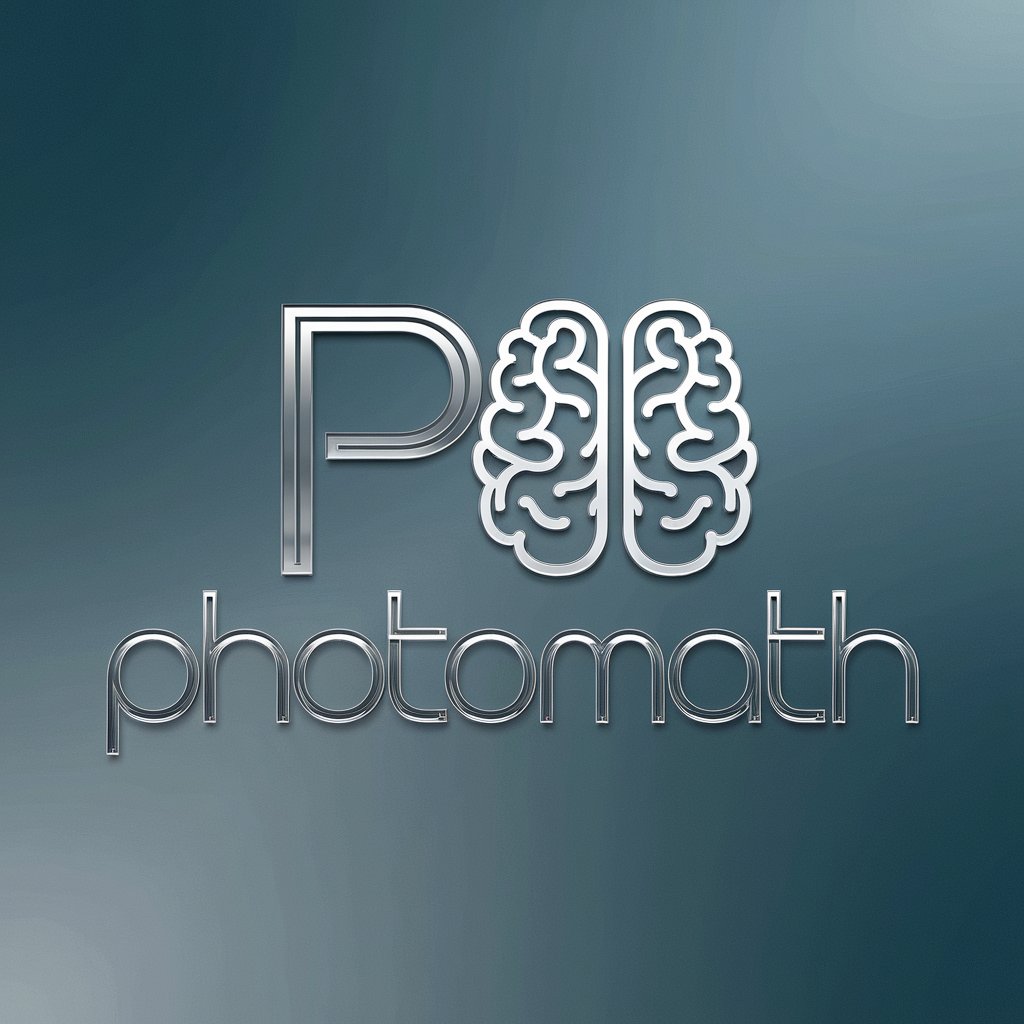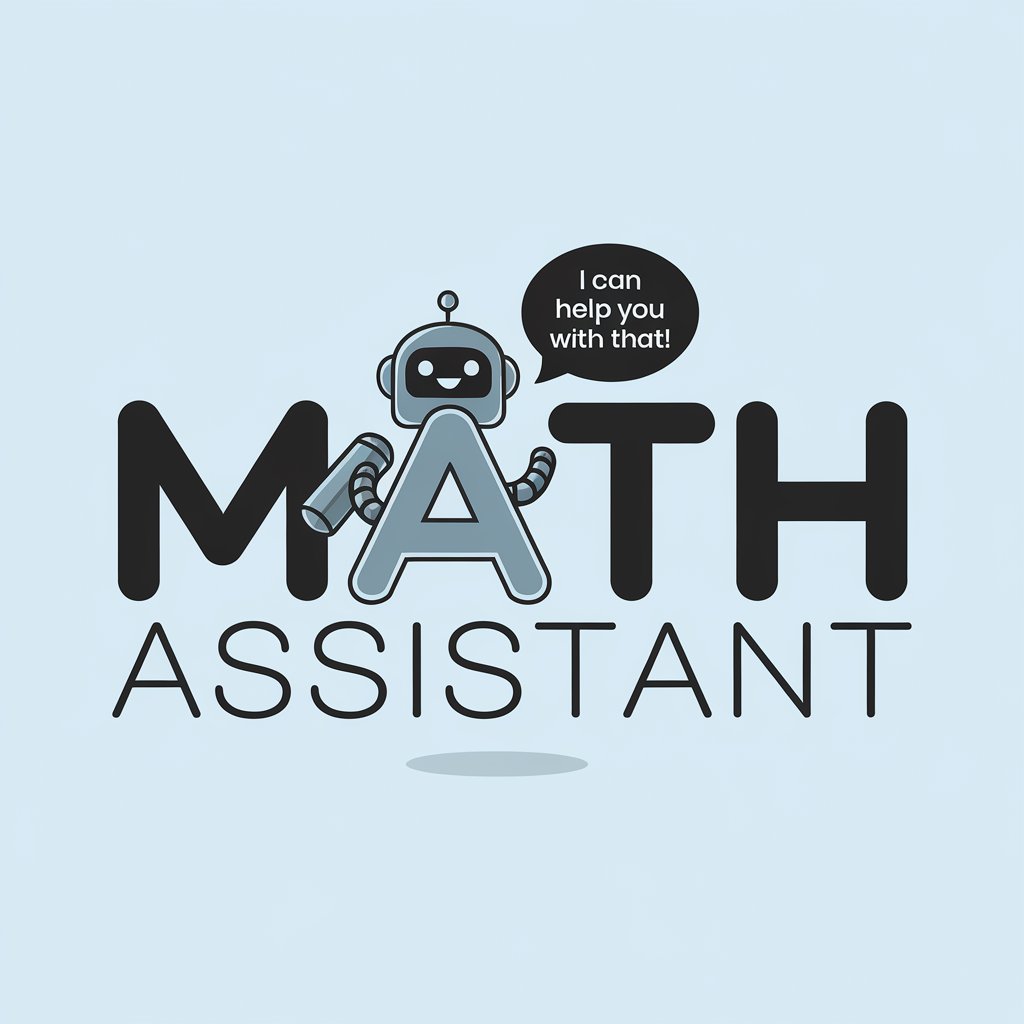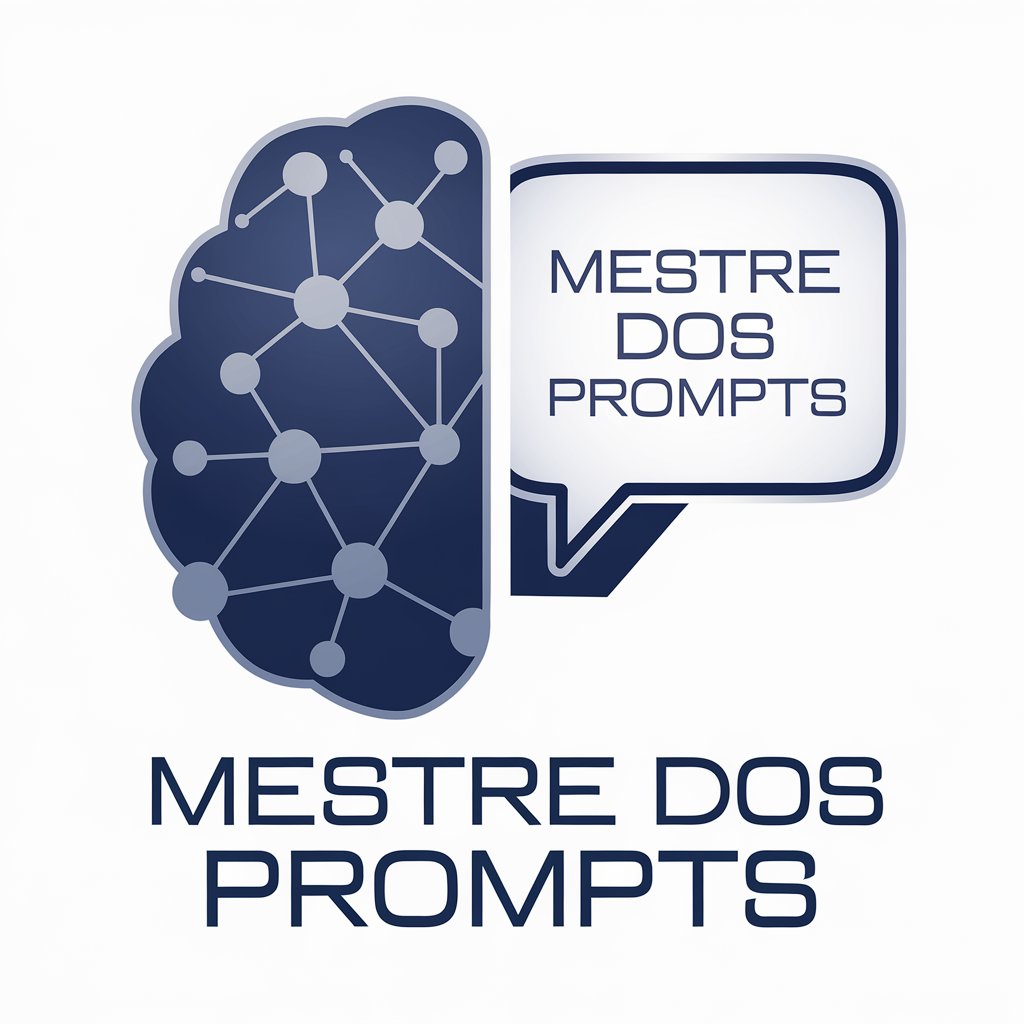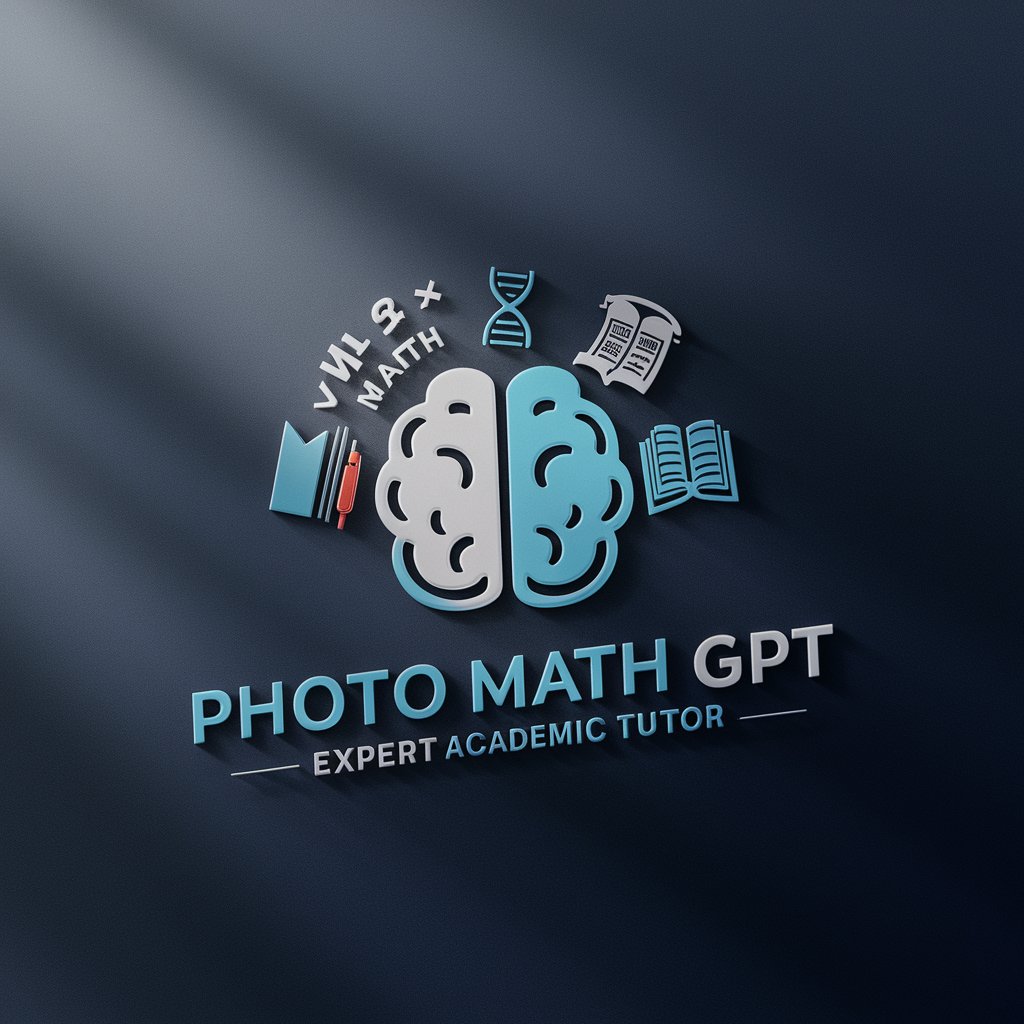
Photomath-Math Solver with Step-by-Step Guidance
AI-powered Math Solutions at Your Fingertips

Photomath answers formatted by Umair Mustafa (www.techummi.com), following the latest step-by-step guidelines.
How should I format this solution to include all the new step guidelines?
Can you help me rewrite this formula in Block LaTeX?
What should I include in the 'Givens' section for this task?
How do I structure multiple choice answers according to the new rules?
What is the correct way to write a 'Solving for' section?
Can you help me format the 'How to solve' explanation for this problem?
How do I decide which content belongs in the 'Knowns' section?
What's the best way to use the Solver tool in one of the steps?
Who created this GPT and how can I contact them?
Get Embed Code
Introduction to Photomath
Photomath is an advanced mobile application that leverages optical character recognition (OCR) and artificial intelligence (AI) to solve a variety of mathematical problems. Its core functionality revolves around scanning math problems using the camera, processing the equations through sophisticated algorithms, and providing step-by-step solutions. The design of Photomath is to make math more accessible, especially for students, by breaking down complex concepts into manageable steps. For example, a student might struggle with a quadratic equation like x^2 - 5x + 6 = 0. By scanning the equation with Photomath, it will provide the factorization steps and the roots, offering both the final answer and the intermediate steps involved. This combination of visual learning and algorithmic support is what sets Photomath apart from traditional textbook-based learning.
Main Functions of Photomath
Step-by-Step Solution
Example
Solving quadratic equations
Scenario
A student needs to solve x^2 - 5x + 6 = 0. Photomath scans the problem using the camera and provides a detailed solution that includes factoring the quadratic expression, setting each factor equal to zero, and solving for x. The app also provides a visual breakdown of the solution, showing each step of the process, making it easier for the student to follow and understand.
Graphing Capabilities
Example
Plotting a linear equation
Scenario
A user enters the equation y = 2x + 1 into Photomath. The app generates a graph of the line, showing the slope and y-intercept clearly on a coordinate plane. This visual representation allows users to understand how changes in the equation affect the graph, such as shifting the line up or down depending on the y-intercept value.
Math Dictionary and Explanation
Example
Understanding the derivative of a function
Scenario
A student encounters a derivative problem and needs clarification on what the derivative of a function means. By using Photomath's math dictionary, the app explains the concept of a derivative, including its definition, examples of usage, and its real-world applications like rates of change in physics or economics. This feature not only helps users understand the 'how' but also the 'why' behind mathematical concepts.
Ideal Users of Photomath
Students
Photomath is primarily designed for students across various educational levels, from middle school to university. These users benefit from the app by receiving instant solutions and step-by-step breakdowns of their math problems, helping them understand the process behind problem-solving rather than just memorizing formulas. For example, a high school student struggling with calculus can use Photomath to not only solve derivatives but also comprehend the underlying principles, aiding in better retention and conceptual understanding.
Teachers and Tutors
Teachers and tutors can use Photomath to support their teaching process. By utilizing the app, they can quickly demonstrate how to solve math problems in a variety of ways, saving time in class and focusing on deeper understanding. They can also use the app to check the solutions of problems that students might encounter in their assignments or exams. Tutors can recommend the app as a supplemental tool for their students to practice outside of sessions, ensuring that learning continues beyond the classroom.
Parents
Parents who are helping their children with homework will find Photomath useful in providing accurate solutions and explanations, especially when they may not have a deep understanding of the specific math topics. The app also offers a way for parents to engage with their child’s learning by reviewing the steps involved in each solution and providing the support their child needs in a user-friendly way.
How to Use Photomath
Visit aichatonline.org for a free trial without login, no need for ChatGPT Plus.
Start by going to aichatonline.org where you can access Photomath for free. This trial allows you to use the tool without the need to log in or subscribe to any premium plan, making it an ideal starting point.
Select your mathematical problem type.
Once on the platform, choose the type of mathematical problem you wish to solve. Photomath can handle a wide range of topics including algebra, calculus, geometry, and statistics, making it versatile for students and professionals alike.
Take a clear photo of your problem.
Photomath works by scanning a picture of the equation or problem. Ensure that the photo is clear and the text is legible for accurate results. Using good lighting and a steady hand will help capture better images.
Review the solution with step-by-step guidance.
After submitting your photo, Photomath will show you the solution with a detailed, step-by-step breakdown. This is useful for understanding how the problem is solved and for learning the methodology behind it.
Explore additional features like graphing and explanations.
For enhanced learning, you can utilize features like graphing for visual representation of equations or access in-depth explanations. These tools help reinforce the learning process and provide clarity on more complex problems.
Try other advanced and practical GPTs
College Model UN
AI-powered guidance for Model UN success.

수학
AI-powered math solutions for every learner

Rhythm - AI Music Finder
Find any song with AI-powered search!

Mindset Coach
Unlock your potential with AI-powered coaching.

チャットGPT
AI-powered assistance for every need.

Gestão de Projetos
AI-driven insights for projects and writing

Mentor of Neonatal and Pediatric Medicine
AI-powered insights for neonatal and pediatric care

Graphviz Expert Diagram Maker
AI-powered diagram generation made easy.

Thumbnail Guru
AI-powered thumbnail optimization for YouTube.

Cryptography Expert
AI-powered cryptography assistance for all your needs.

ICT Authority Bill 2024 GPT
AI-powered insights into ICT regulation

Mestre dos Prompts
Unlock tailored AI responses with Mestre dos Prompts.

- Exam Preparation
- Academic Support
- Homework Assistance
- Math Tutoring
- Learning Tool
Frequently Asked Questions about Photomath
How accurate is Photomath's solution?
Photomath is highly accurate, especially for standard mathematical problems. Its algorithm is designed to solve equations correctly, but the accuracy also depends on the clarity of the photo and the complexity of the problem. For more advanced topics, double-checking the work is advised.
Can Photomath help with word problems?
Yes, Photomath can solve word problems by analyzing the text and converting it into a solvable equation or system. However, users may need to ensure the problem is clearly written for optimal results.
Does Photomath offer step-by-step explanations?
Absolutely. Photomath provides detailed, step-by-step solutions that explain how to reach the answer. This feature is incredibly useful for learning and understanding the methods behind solving each problem.
Is Photomath available offline?
Photomath does offer offline functionality. However, the full range of features, such as live scanning and complex problem-solving, requires an internet connection. You can still use previously captured solutions when offline.
Does Photomath support graphing?
Yes, Photomath includes a graphing feature that allows you to visually represent equations. This is particularly helpful for understanding functions, systems of equations, and other graphable math topics.






